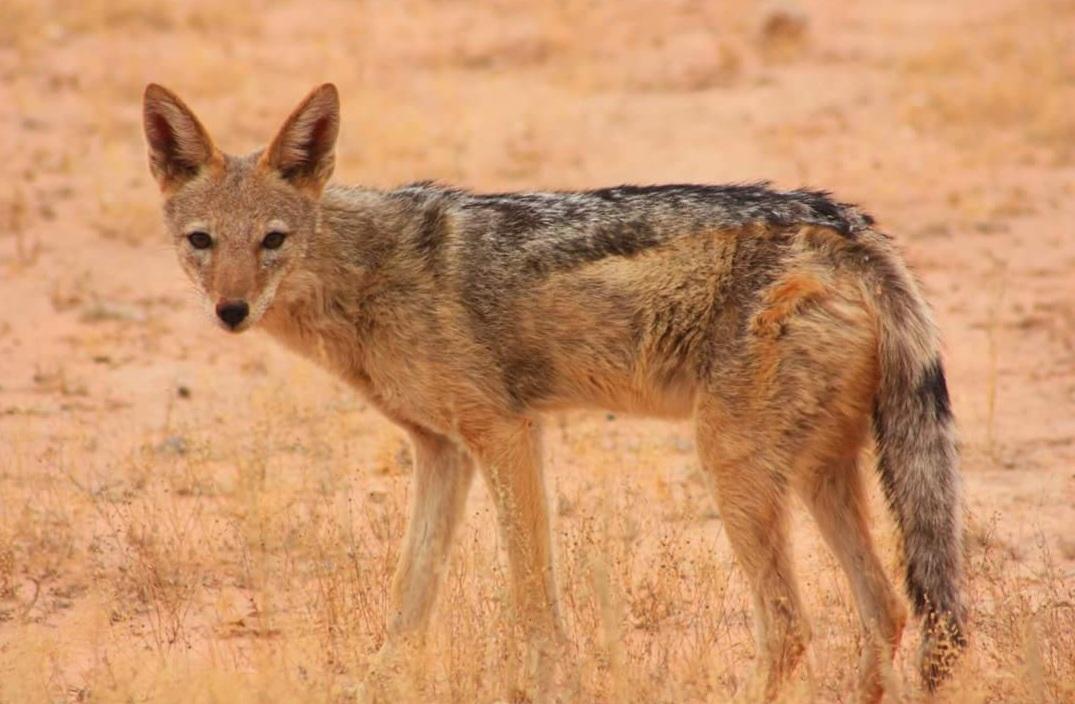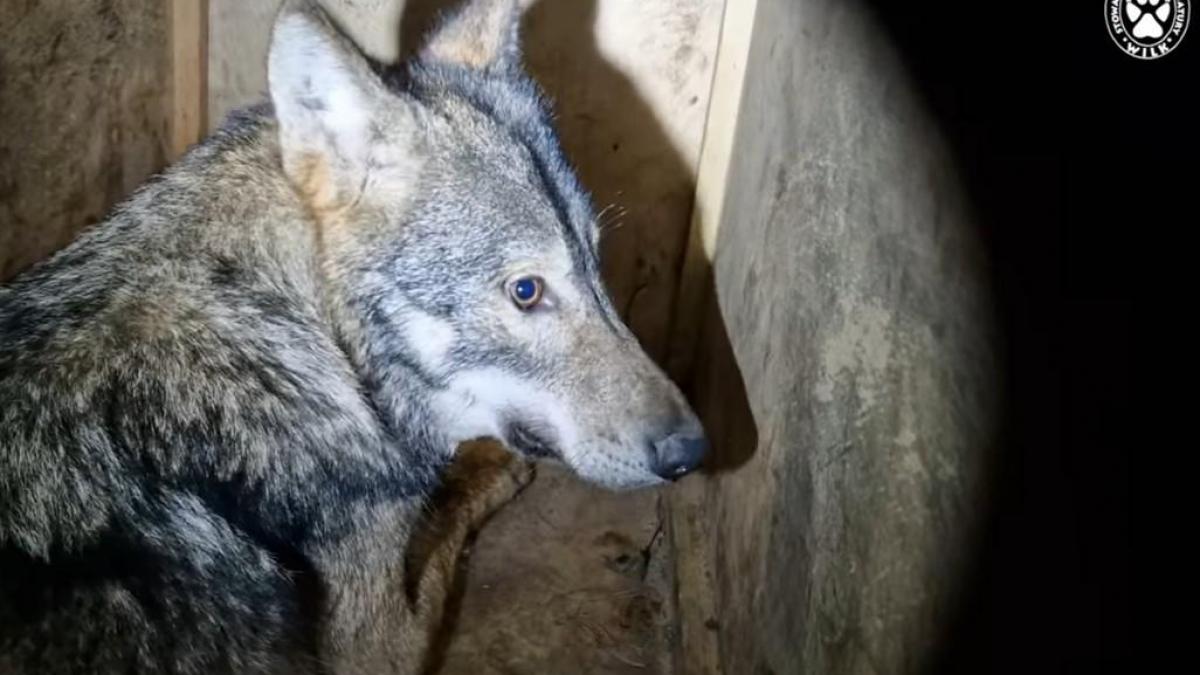At the heart of nature, a powerful mechanism guides animal behavior, dictating their actions and reactions in a pre-programmed way : instinct. This complex, innate phenomenon is deeply rooted in the very fabric of evolution, a precious tool forged by millions of years of adaptation. Genetically inherited and present from birth, animal instinct acts as the silent engine propelling the survival of species through the ages.
Each species is equipped with a series of pre-programmed responses, carefully inscribed in its genetic code over the generations. These responses, triggered by specific environmental stimuli, are the very essence of instinct. They ensure that animals, whether predator or prey, react consistently and adaptively to the challenges of their environment.
The survival instinct, one of the most crucial manifestations of this genetic inheritance, drives animals to react instantly in the face of danger. This instinct not only guarantees individual survival ; it also shapes population dynamics, balancing interactions between predator and prey.
Animal instinct, though innate, is far from fixed. It constantly adapts to changes in the environment. Climate change, the evolution of competing species and even human impact have shaped instinct over the millennia. It is this eternal dance between instinct and environment that has enabled animals to survive and thrive, even under the most difficult conditions. A concrete example of animal instinct can be found in the migratory behavior of birds. Every year, millions of birds cover incredible distances to reach their breeding and wintering grounds. This behavior, guided by the instinct to migrate, is an astonishing feat of evolution.
Birds such as swallows and cranes instinctively know when it's time to leave, how to navigate long distances, and where to find suitable breeding or wintering grounds. Although these migrations may vary from species to species, they are all fueled by an innate instinct that enables birds to follow precise routes, year after year.
Maternal instinct, a fundamental pillar of species survival, is another striking example of the impact of animal instinct on behavior. In many animal species, mothers are endowed with this instinct to care for their offspring, ensuring the survival of the next generation.
Examples of maternal instinct abound in the animal kingdom. Lions fiercely protect their cubs, marsupials carry their babies in special pouches, and birds build nests to house their eggs and chicks. The females of some marine species, such as seals and whales, nurse their young for months on end to nourish them and prepare them for the ocean world.
This maternal instinct is so powerful that it sometimes leads mothers to put their own lives at risk to defend their offspring. Elephant cubs, for example, protect their young from predators with unfailing determination, and orcas, as matriarchs of their groups, guide their offspring through the oceans while teaching them essential hunting skills.
Maternal instinct is a striking example of how nature has sculpted innate behaviours to ensure the survival of species. It shows that animal instinct is not limited to simple responses to environmental stimuli, but can engender complex, dedicated behaviors that transcend species boundaries.
Animal instinct is the result of thousands, even millions of years of evolution, having emerged in response to selective environmental pressures. Wolf instinct, for example, has been perfected over time to ensure pack survival. Wolves have developed instinctive hunting, reproductive and juvenile protection behaviors that are adapted to their way of life.
Lone wolves, as opposed to pack members, have developed hunting and survival strategies that are adapted to their solitary lifestyle. Their hunting instinct is often highly developed, and they often specialize in stalking animals that are smaller and easier to capture than the large prey that packs would hunt.
Lone wolves tend to be more mobile, exploring vast territories in search of food. Their survival instincts are also heightened, as they must rely on themselves to avoid dangers and threats. They are often more discreet and less visible than pack wolves, moving stealthily no to be detected.
The reproductive instinct of lone wolves is also present, but they tend to be more opportunistic in their search for mates. Unlike pack members, they don't have the advantage of cooperation in this quest or in protecting their young. This pushes them to be more efficient in maximizing their chances of perpetuating their lineage. This is not without risk to their physical integrity...
In every instinctive behavior, in every response to environmental stimuli, lies an evolutionary reminder of the long history of life on Earth. The study of animal instinct allows us to apprehend the forces underlying the survival and prosperity of species, while opening doors towards understanding the complexity of behavioral biology.
Article : NV - Wolf Mission
Photo : Wolf Mission


